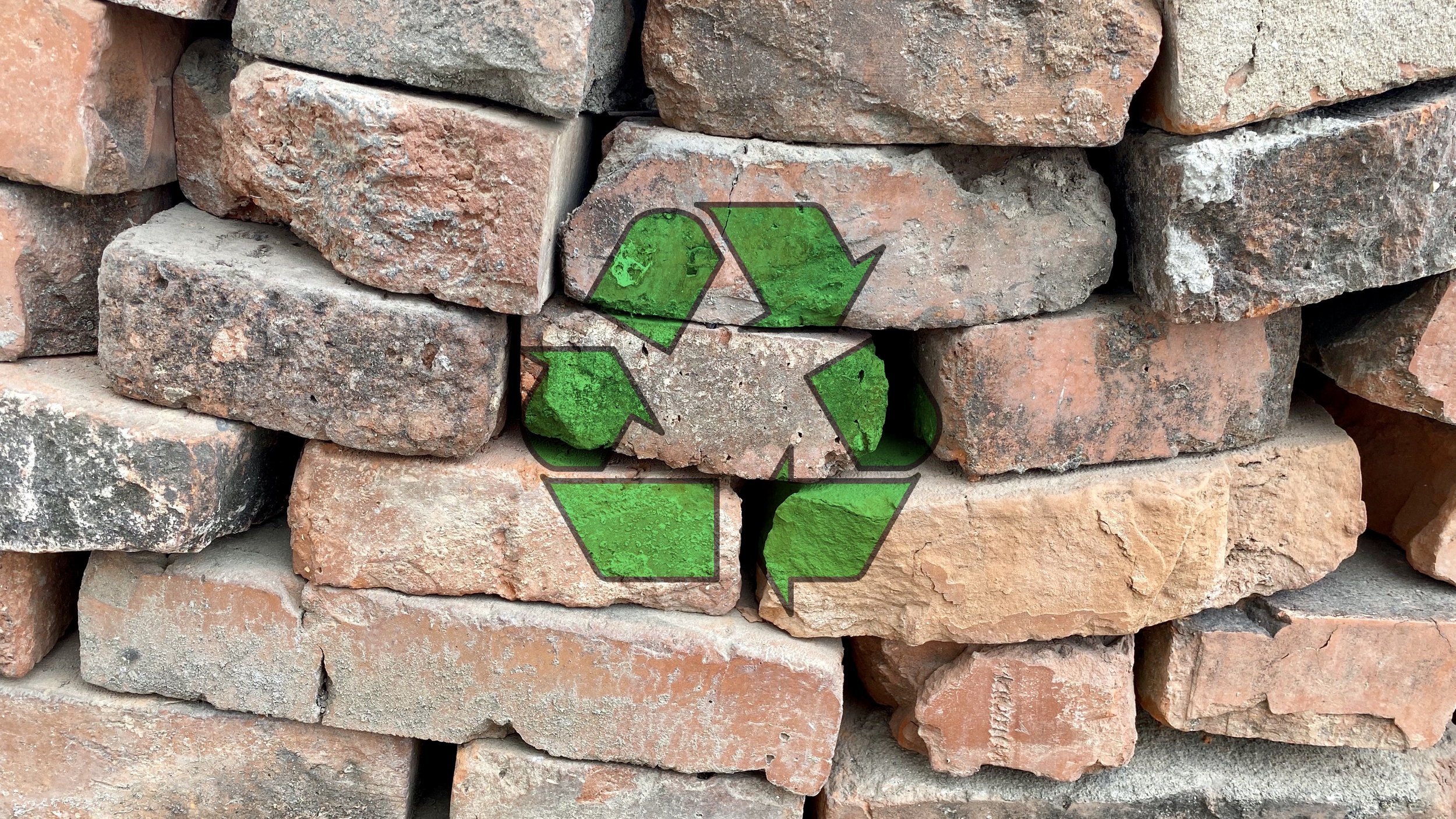Why construction waste recycling is important for the environment
Australia’s construction sector benefits from the numerous advantages that come with recycling construction waste. These can include reduced waste levies, on-site safety and sustainability, and positive company reputation. However, the natural environment also has a lot to gain from construction waste recycling – there are several ways that it contributes to a healthier construction sector and environment.
Reduction of virgin material demand
Virgin materials are naturally formed resources such as clay, gravel, sand, soil or rock fines. According to the Protection of the Environment Operations Act 1997, virgin materials are defined as being excavated or quarried from areas that are not contaminated with manufactured chemicals, or with process residues, because of industrial, commercial, mining or agricultural activities.
These materials can help make roads, foundations and construction essentials like concrete, making them a bedrock of many construction projects and are essential for infrastructure and city expansion. This is especially important for the Greater Sydney Region Plan, which stated that Sydney’s population grew at an annual rate of approximately 2.5 per cent for most of the 20th century, making it one of the 10 fastest-growing regions in the western world. The plan also projected that an additional 3.2 million people will call Greater Sydney home by 2056, leaving experts to believe that 40 million tonnes of construction material would be required to build enough structures to meet this growth, with 42 per cent coming from alternative materials like virgin excavated natural material (VENM).[1]
This is an excessive amount of virgin material that could be extracted from the earth, and the impacts are rarely apparent at the point of use, which makes it difficult for builders to consider.
According to the Australian Bureau of Statistics, “the harvesting of many materials used in building can cause adverse impacts on biodiversity, including extinction of species, destruction of natural systems and habitat, degradation of ecosystems and fragmentation of habitat and populations”.[2]
On the other hand, recycled materials like gravel, sand and soil are processed post construction, and available for future projects. This can help reduce the need for virgin material, and ultimately reduces the potential impact the construction industry has on the environment.
Reduction of embodied carbon in construction process
Embodied carbon is the inevitable CO2 produced during the construction process. Often we focus on a building’s CO2 emissions once it is operational, but C02 is also generated through:
· manufacturing the building materials used in the initial construction
· transporting the building materials to the site
· energy used on-site during construction, repairs or renovations
· recurring energy generated during repairs or renovations over a building’s life.
By utilising recycled construction products, like road base and aggregates which have already been extracted and processed for future use, several carbon-emitting steps are removed from the material manufacturing process. This results in building elements like structural fills, roads and pavement sub-bases with much lower rates of embodied carbon.
If you want to help minimise the impact on the environment with recycled construction waste materials, contact MET Recycling on 1300 MET 123 or make an online enquiry. We provide affordable and comprehensive services for your construction needs.
[1] https://www.insidewaste.com.au/index.php/2021/07/20/more-work-needed-to-reach-resource-recovery-targets/
[2] https://www.abs.gov.au/AUSSTATS/abs@.nsf/Previousproducts/1301.0Feature%20Article282003

